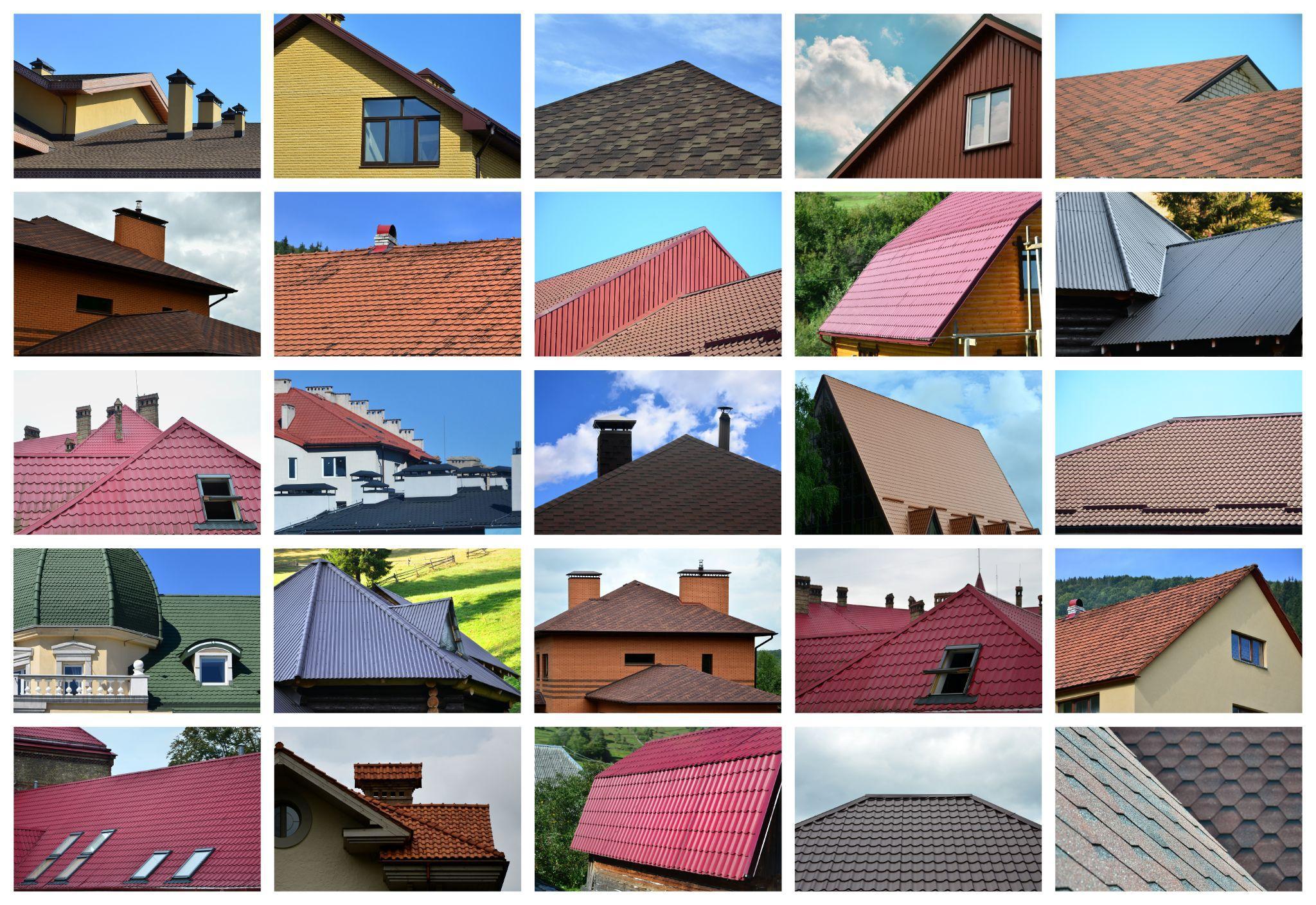What Type of Roof Is Used in Australia?
- Written by NewsServices.com

A roof says a lot about a house and its owner. It's an integral part of house construction and serves various purposes, such as supporting the house and protecting it from weather conditions.
In Australia, depending on your geographical location and climate, various roof types are available to choose from to suit your needs.
The Most Common Roof Types in Australia
6 roof types are common in Australia. They are:
Hip Roof
A hip roof consists of not less than three pitched planes that slope descending from the top. This roof type is suitable for coastal locations and areas with windy weather conditions due to its stability.
Hipped roofs have the advantage of giving natural drainage since all the slides are sloping downwards.
The disadvantage of a hip roof is that it's a bit more expensive than other roof types, and installation is complicated and uses more materials.
Gabled Roof
The outstanding feature of the gabled roof is its triangular shape. Also known as a peak roof, it consists of two roof planes joined by a centre ridge creating room for a loft. This loft creates additional space in your home.
The gabled roof is economical and has low maintenance in terms of installation and restoration.
Curved Roof
From the name, a curved roof is just that; curved. The curved roof is for you if you are the elegant type and want to give your home that luxurious look. It's a common roof type, especially among younger and modern homeowners.
The good thing about a curved roof is that it can be designed to your preference. The downside is that it's an expensive type of roof in terms of installation and maintenance.
Skillion Roof
A skillion roof is a flat roof characterised by a steep angle. This roof is traditionally a single surface unconnected to any other roof exterior. This makes the skillion roof cost-effective for installation and maintenance.
The disadvantage of the skillion roof type is that it’s not suitable for windy areas.
Butterfly Roof
The butterfly roof is made up of two merged skillion roofs which slope down on opposite sides to meet each other in the middle. If you live in an area whose weather is windy, this is the best roof for you because it’s designed in a manner to withstand the heaviest stormy winds.
The downside to the butterfly roof is that it's costly to install and maintain. It also uses more materials during installation compared to other roof types.
Flat Roof
Although the name suggests that the roof is flat, it’s not entirely the case. Flat roofs have a slope that drains off the water. The flat roof is preferred as it’s easy to install and cost-effective.
The downside to the flat roof type is that it requires lots of maintenance to keep it clean.
Factors to Consider When Choosing Your Roof
Before making that final decision on the type of roof you want for your house, you may want to consider the following factors:
-
* The weather conditions of your local area
-
* Installation, maintenance, restoration, and material costs
-
* The design and architectural structure of the roof
Conclusion
Whatever the roof type you settle for, ensure that it favours your budget and suits your personal preferences. For a qualified roofing installer, contact our local roofing installer.





